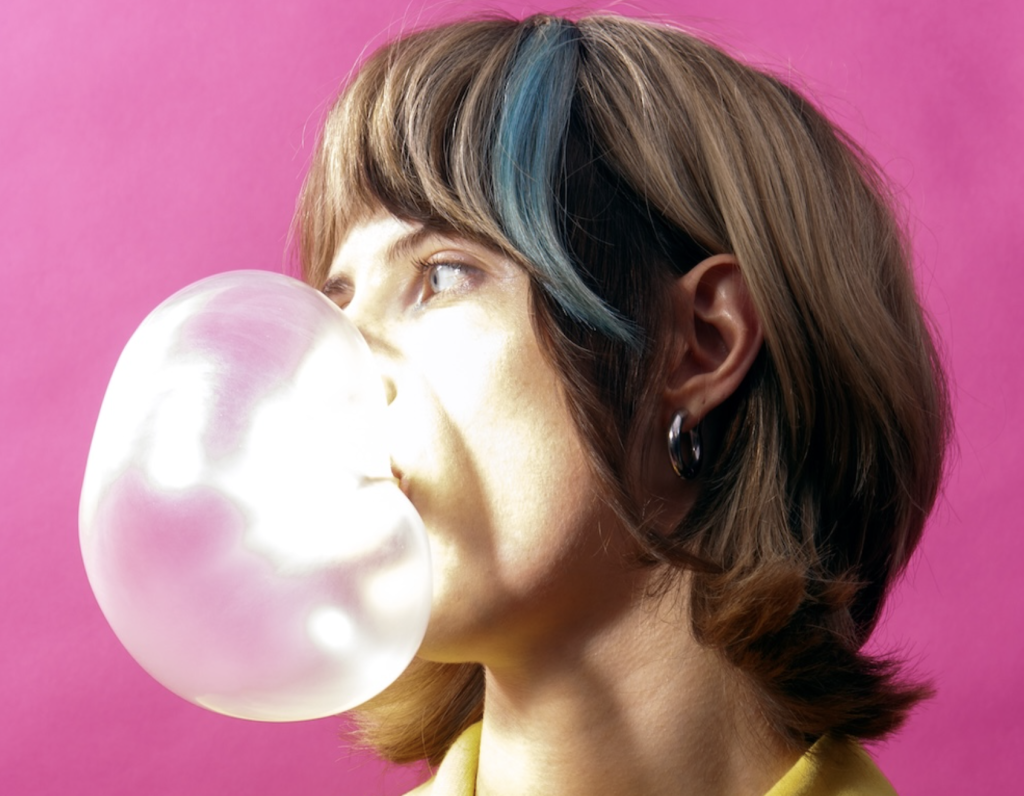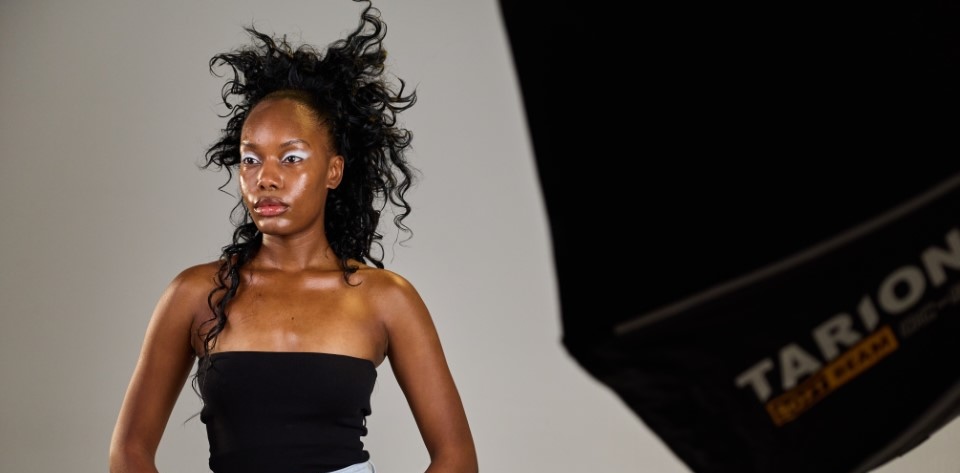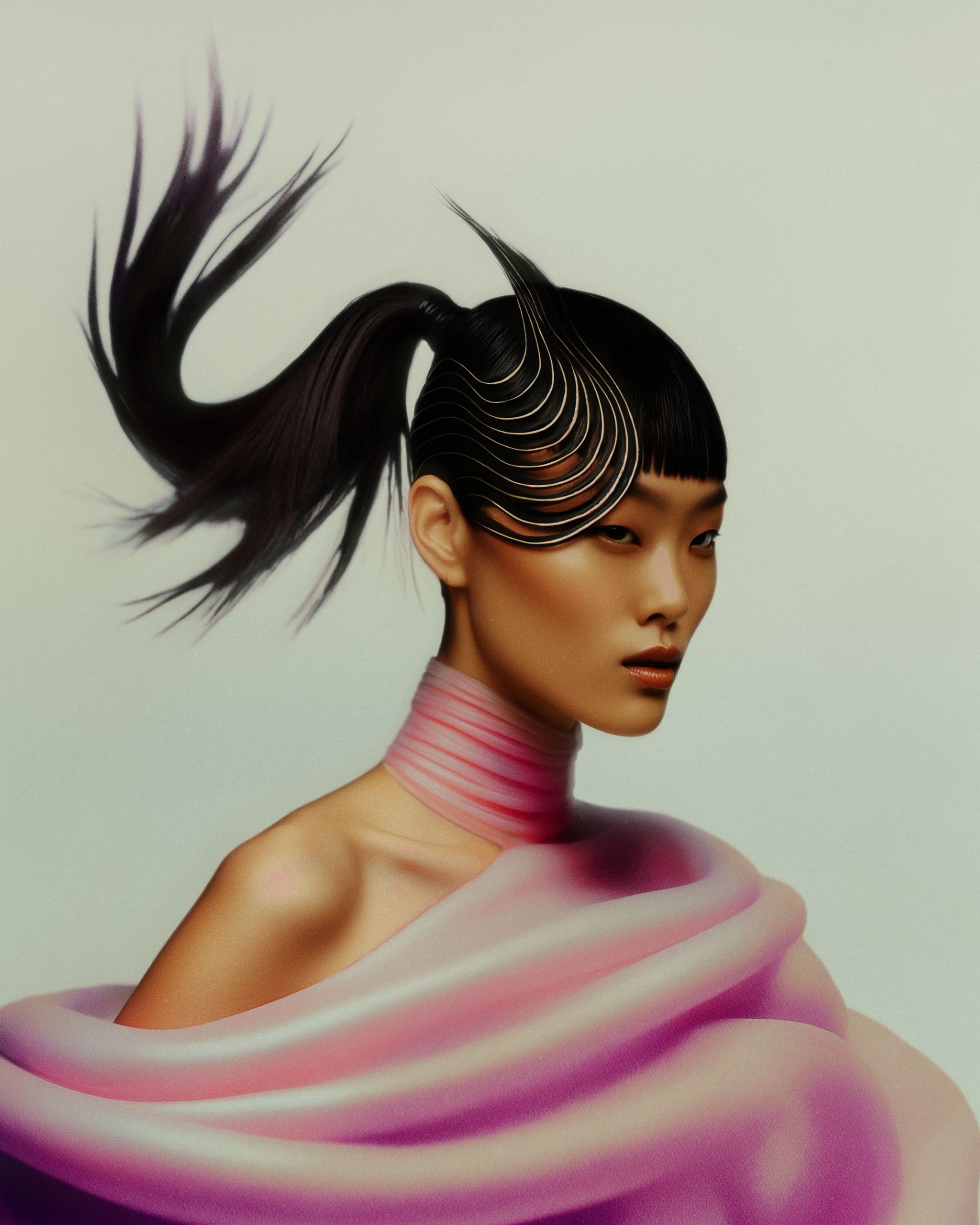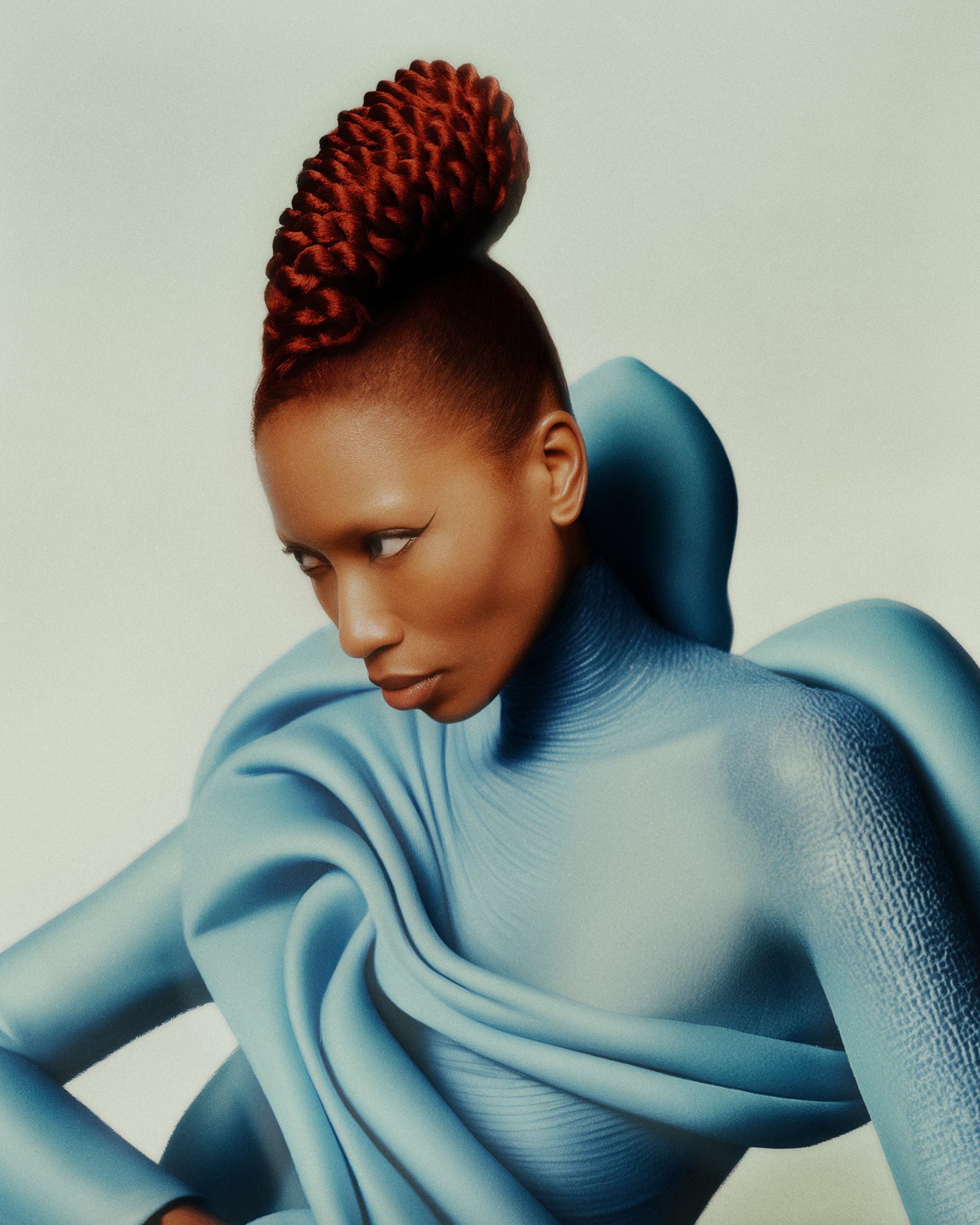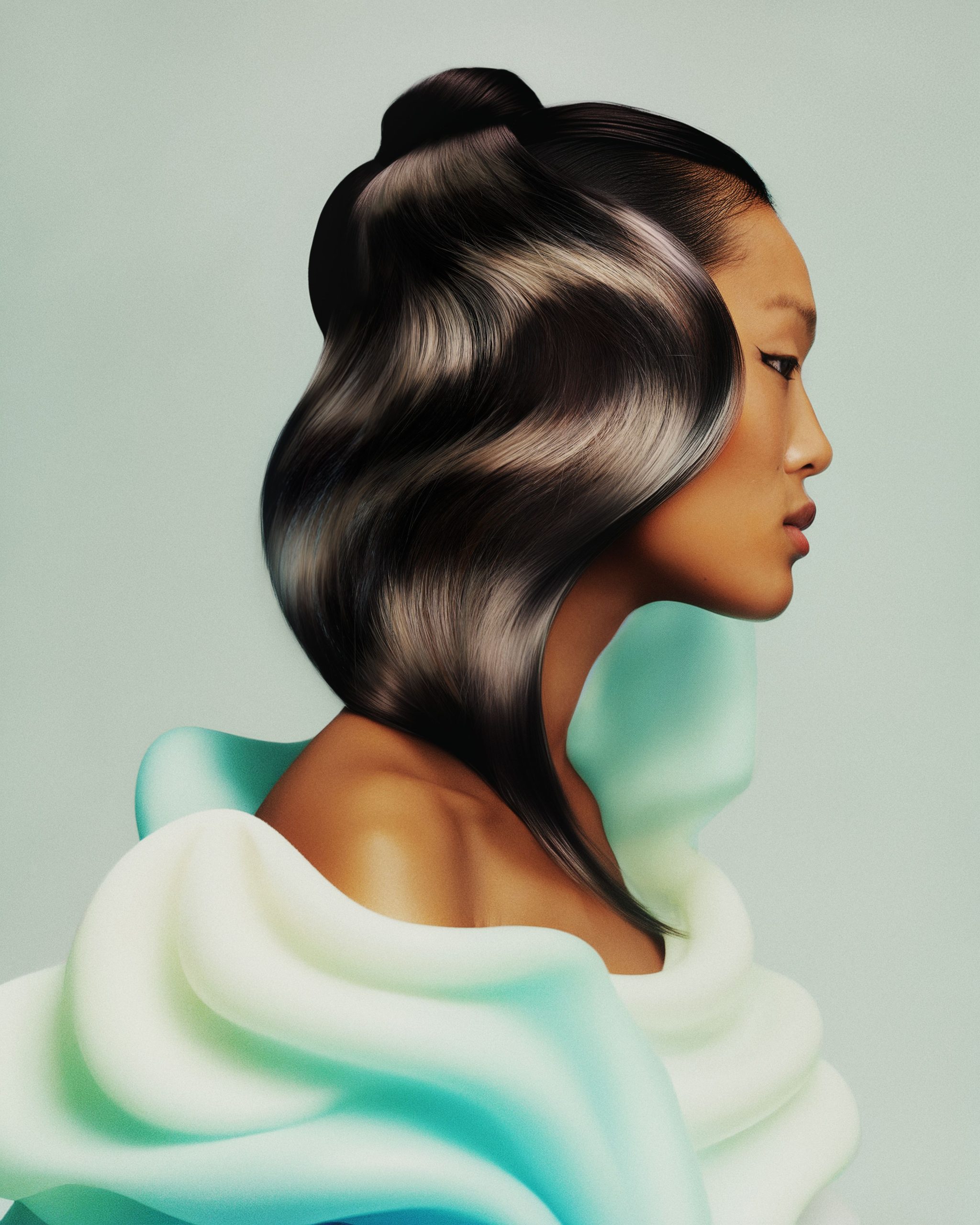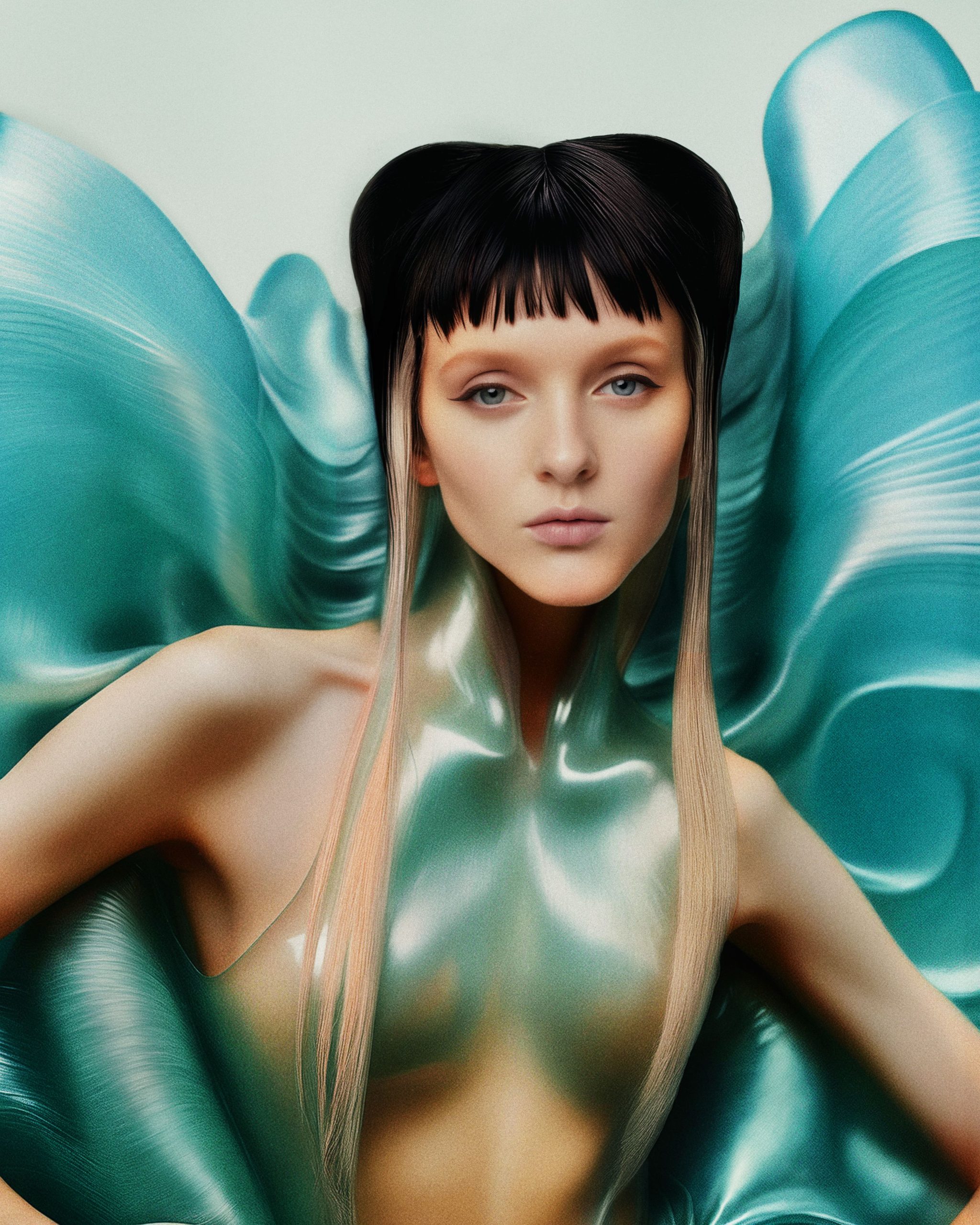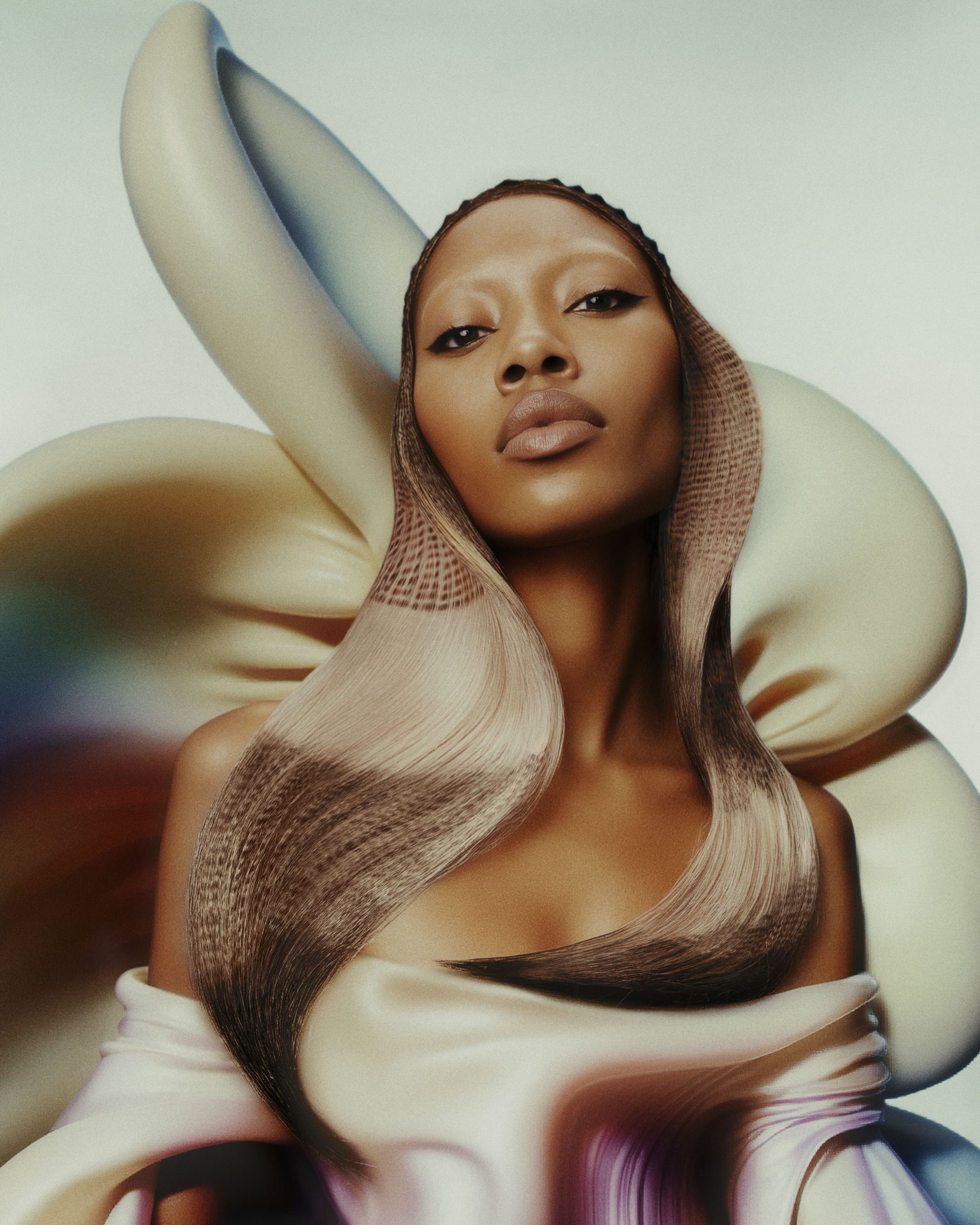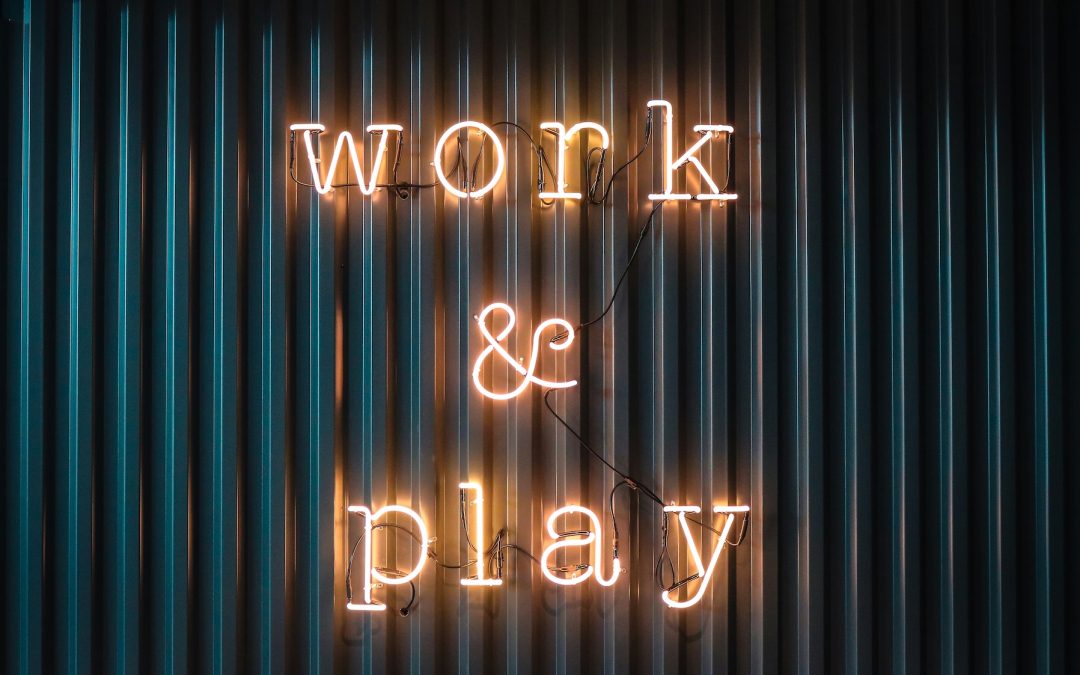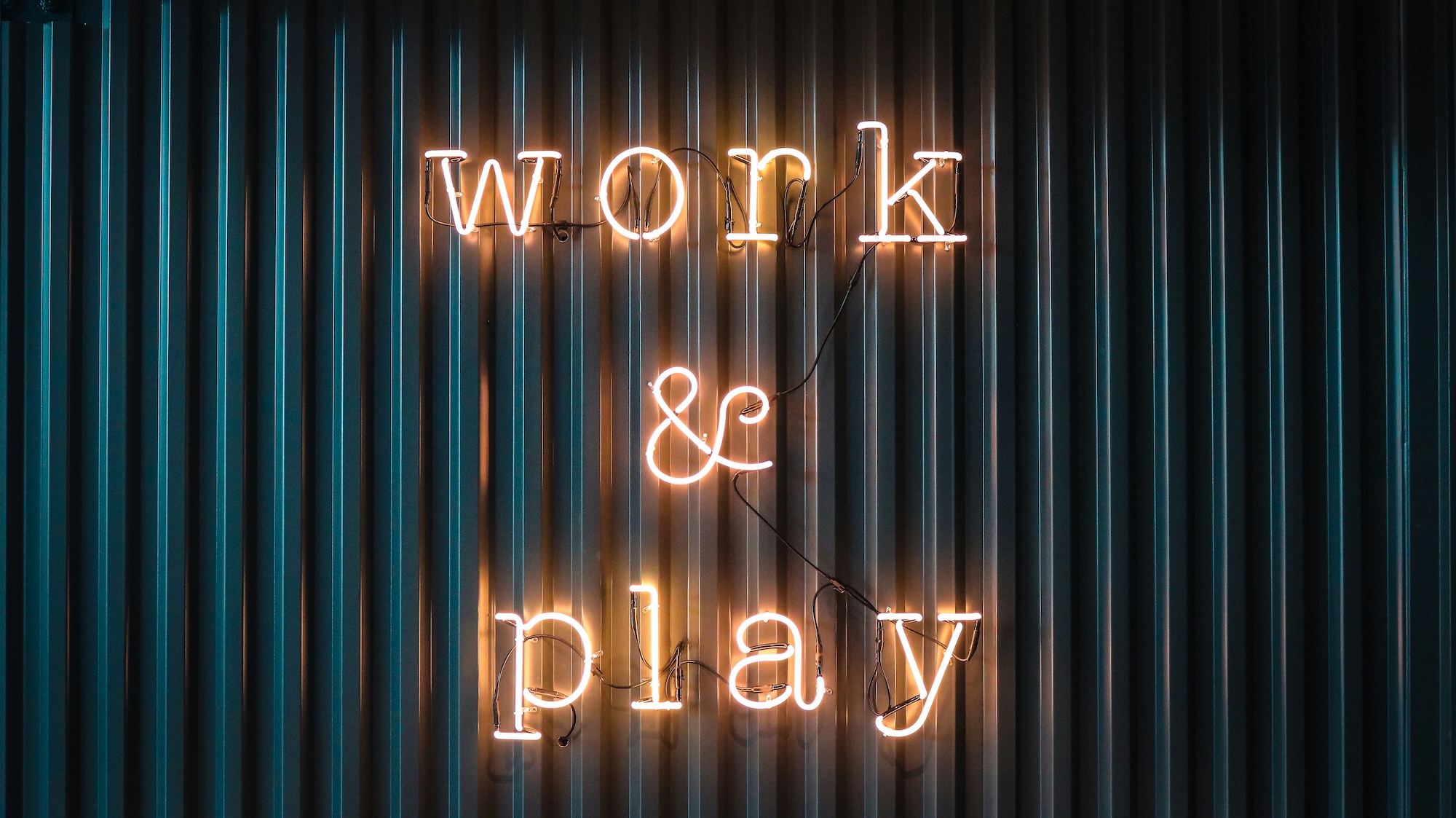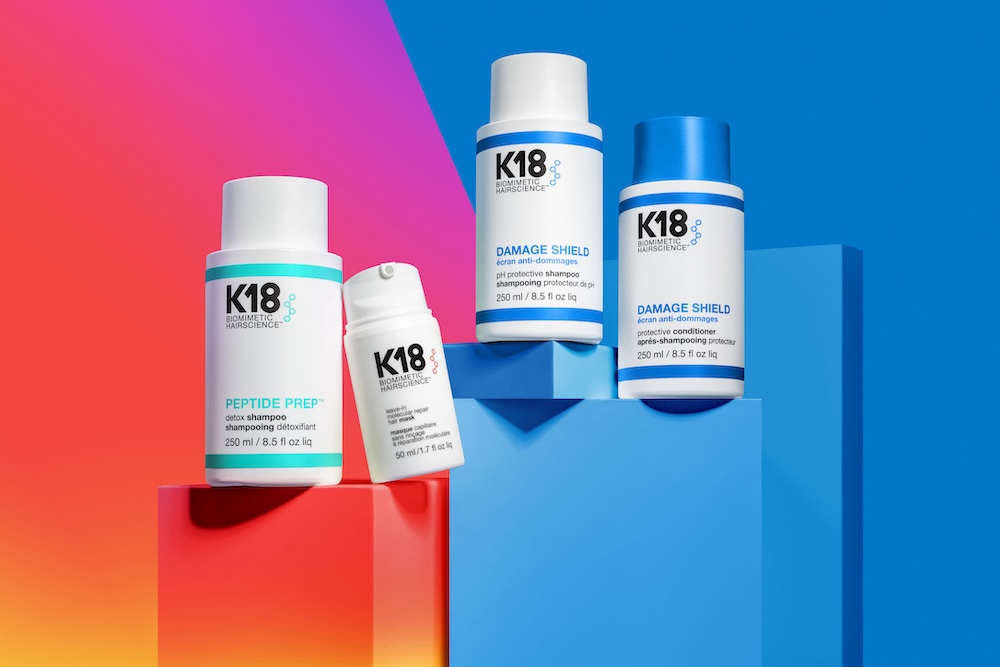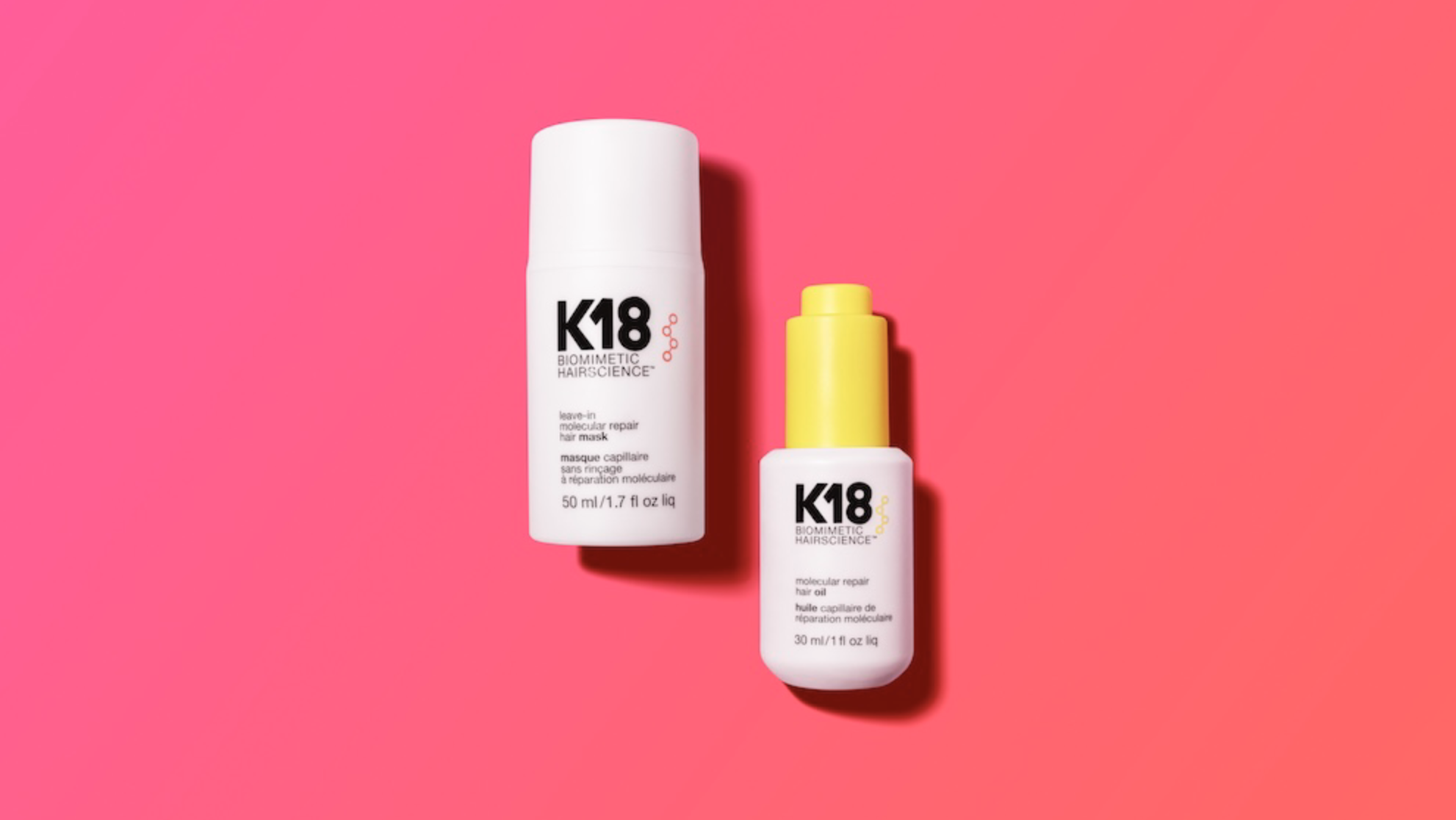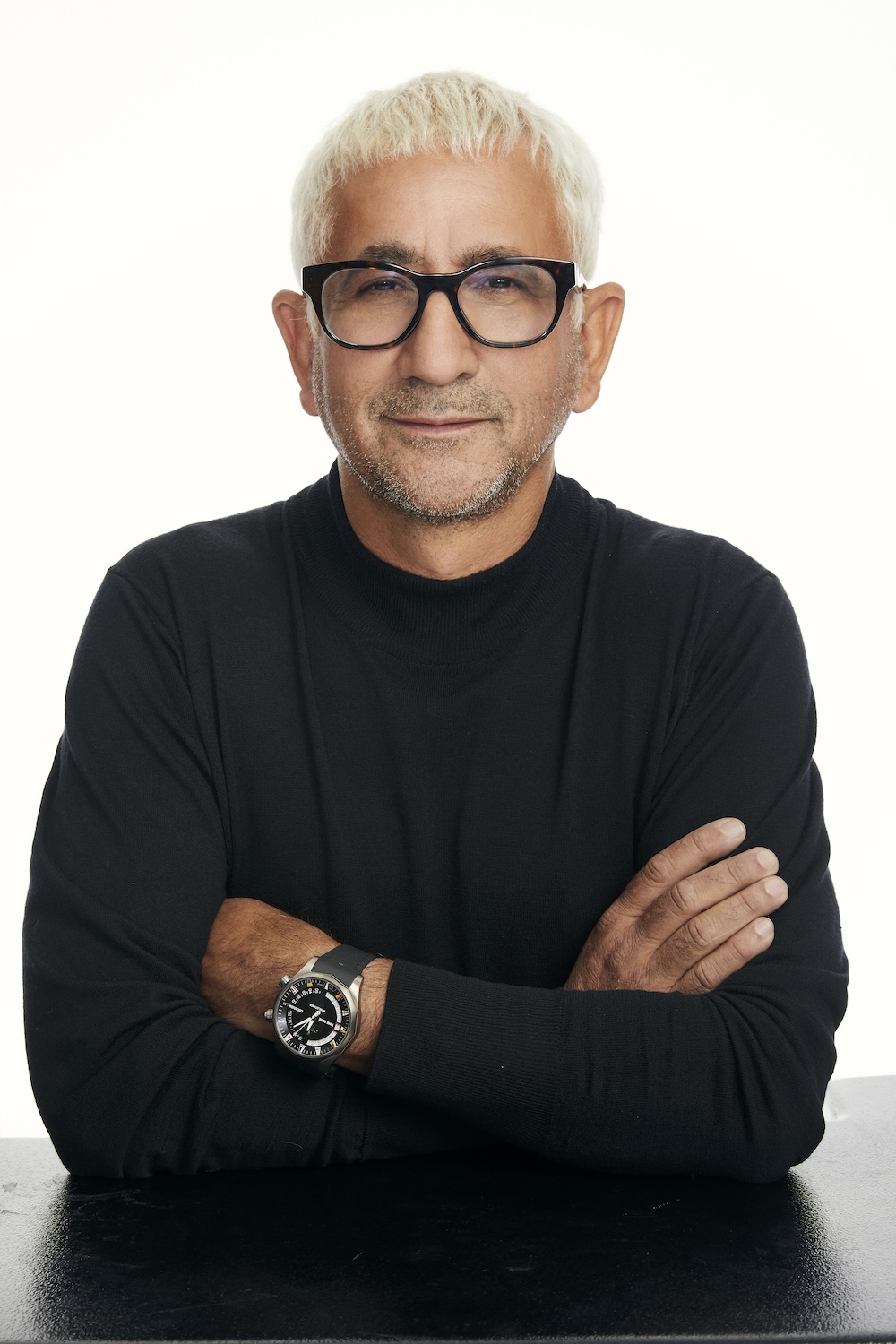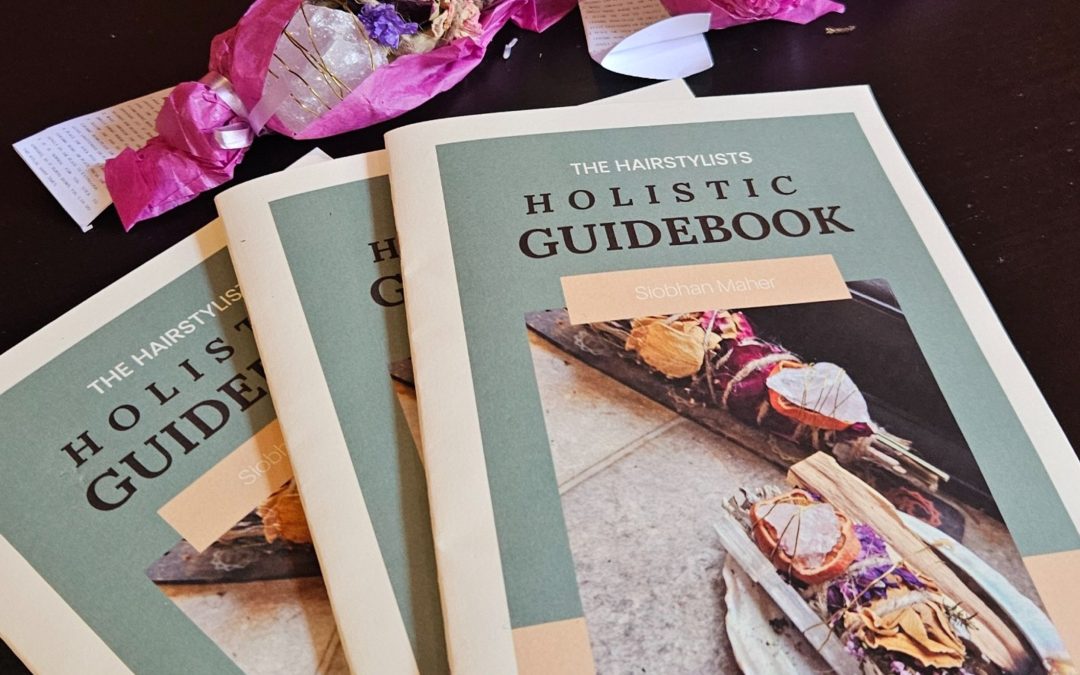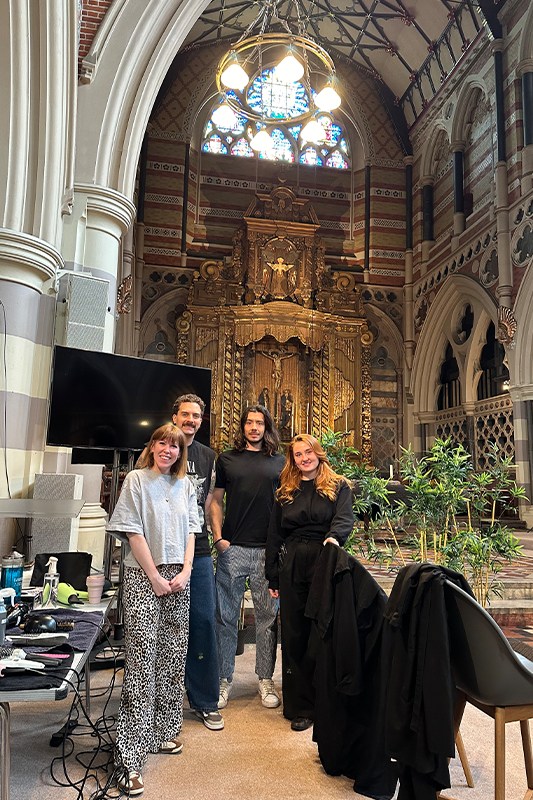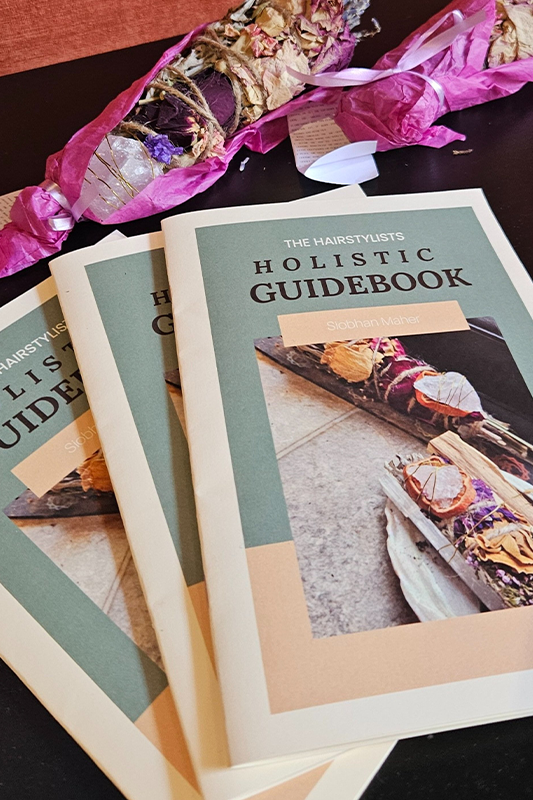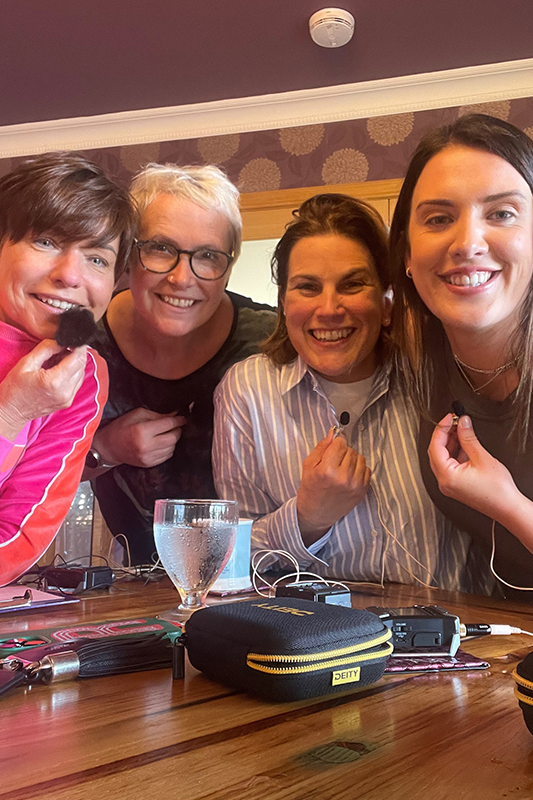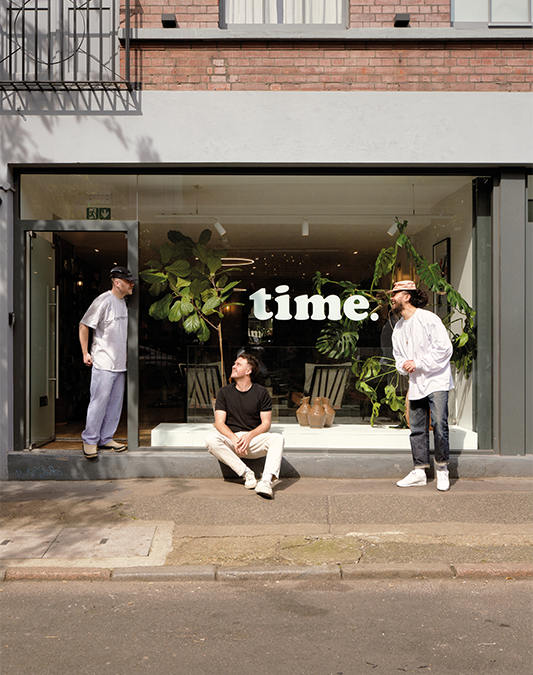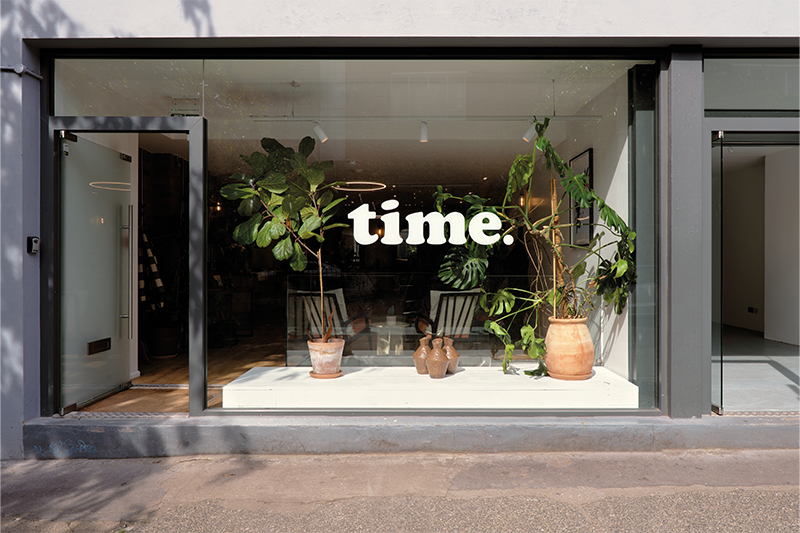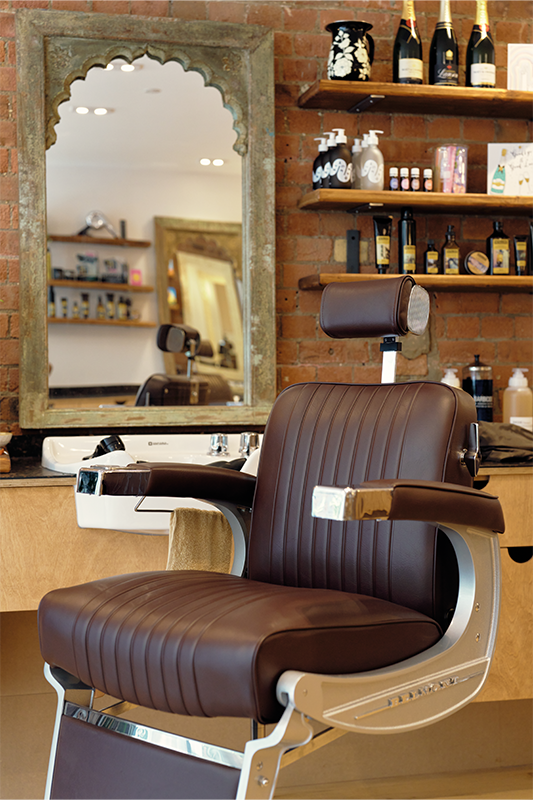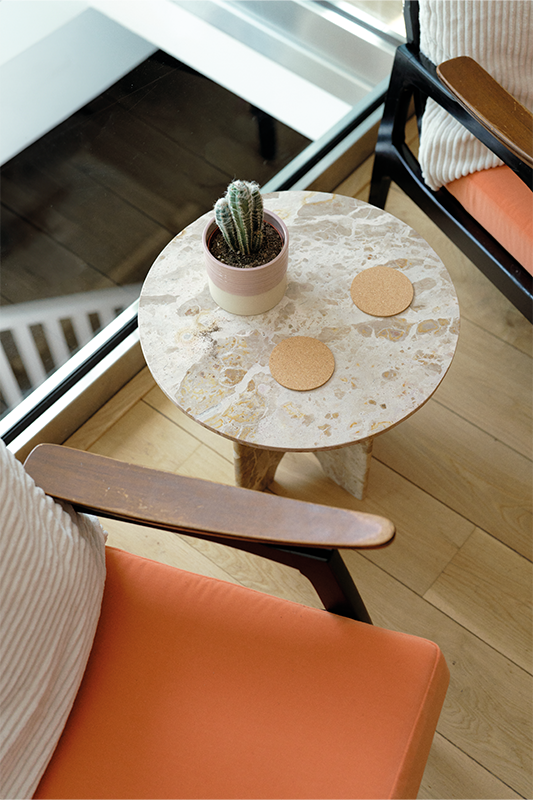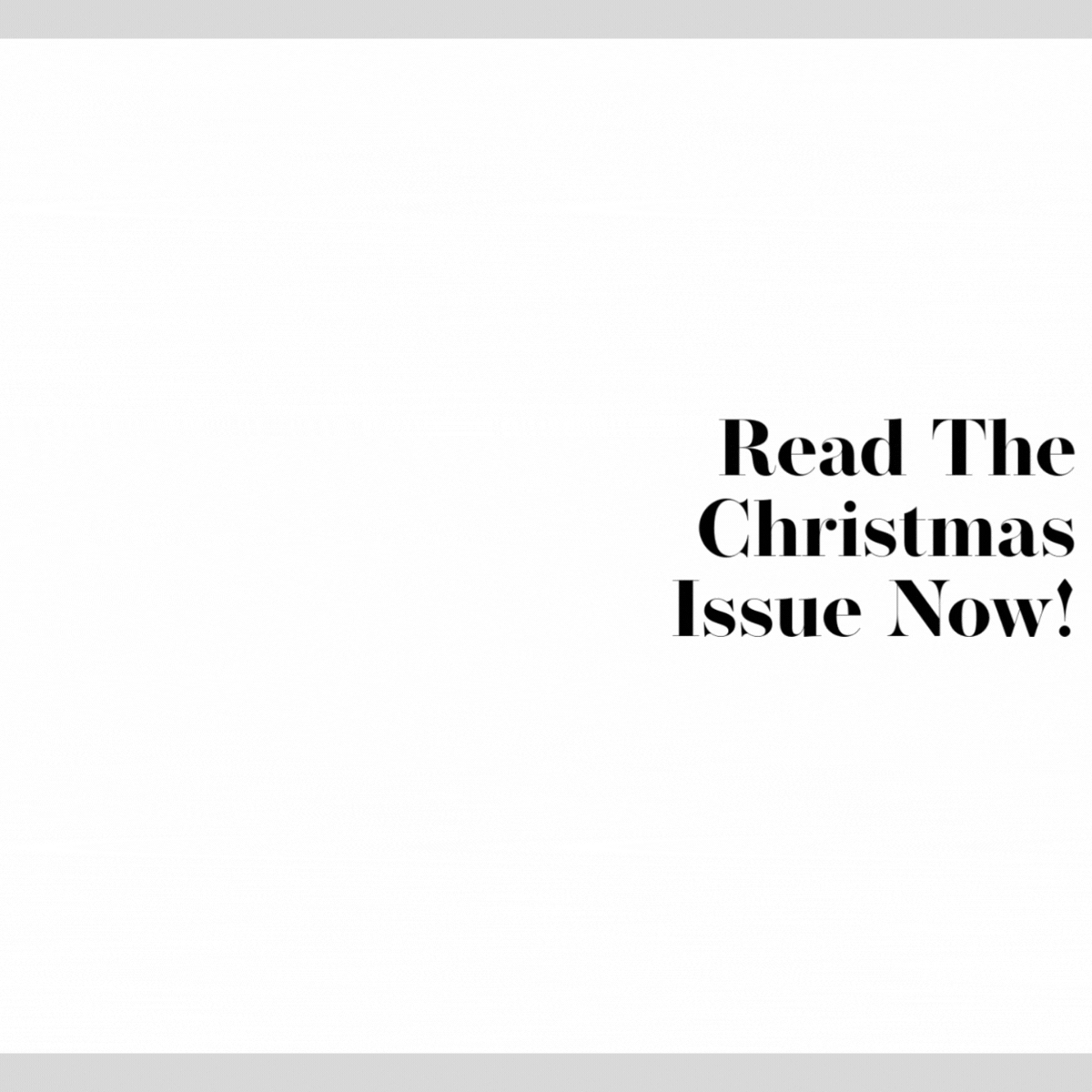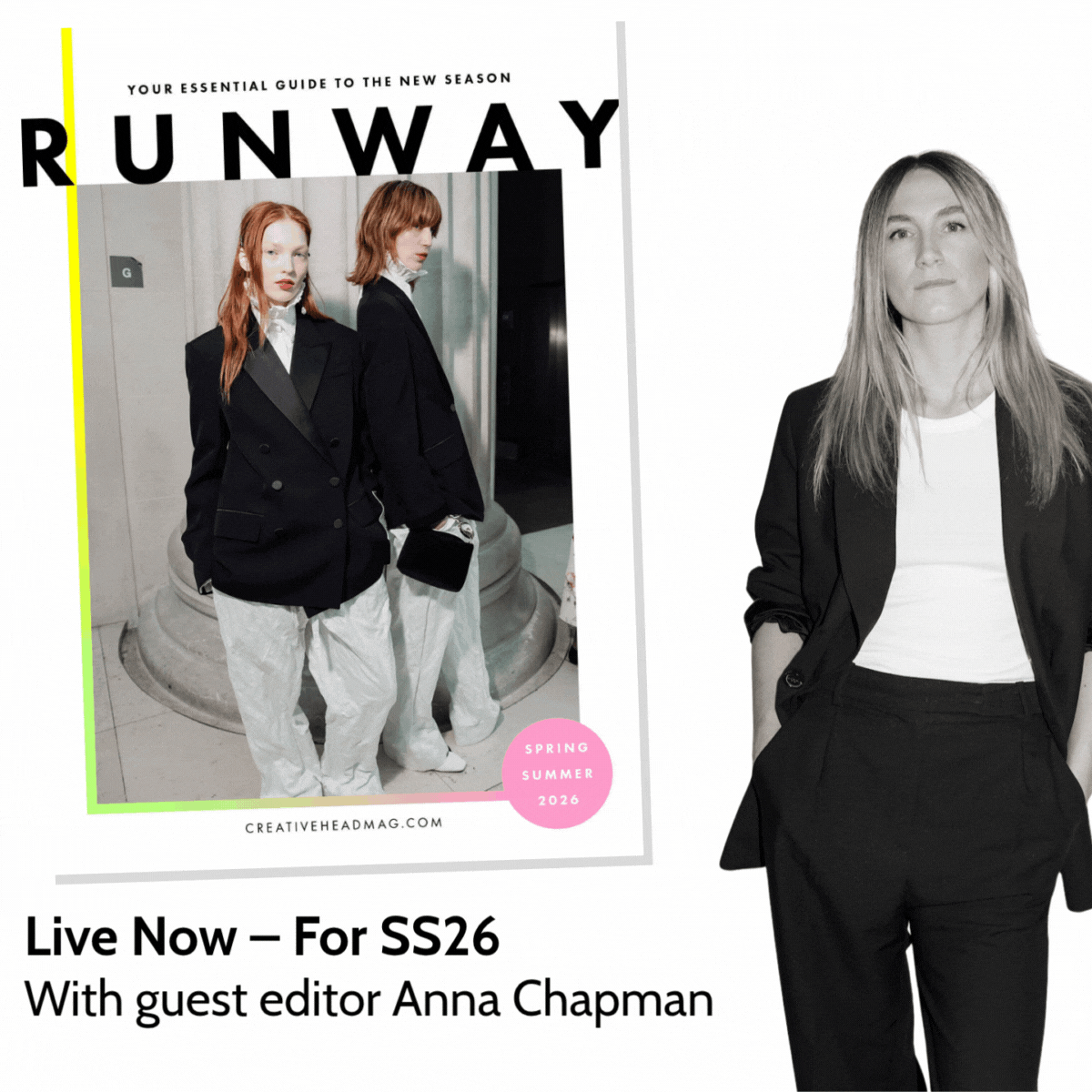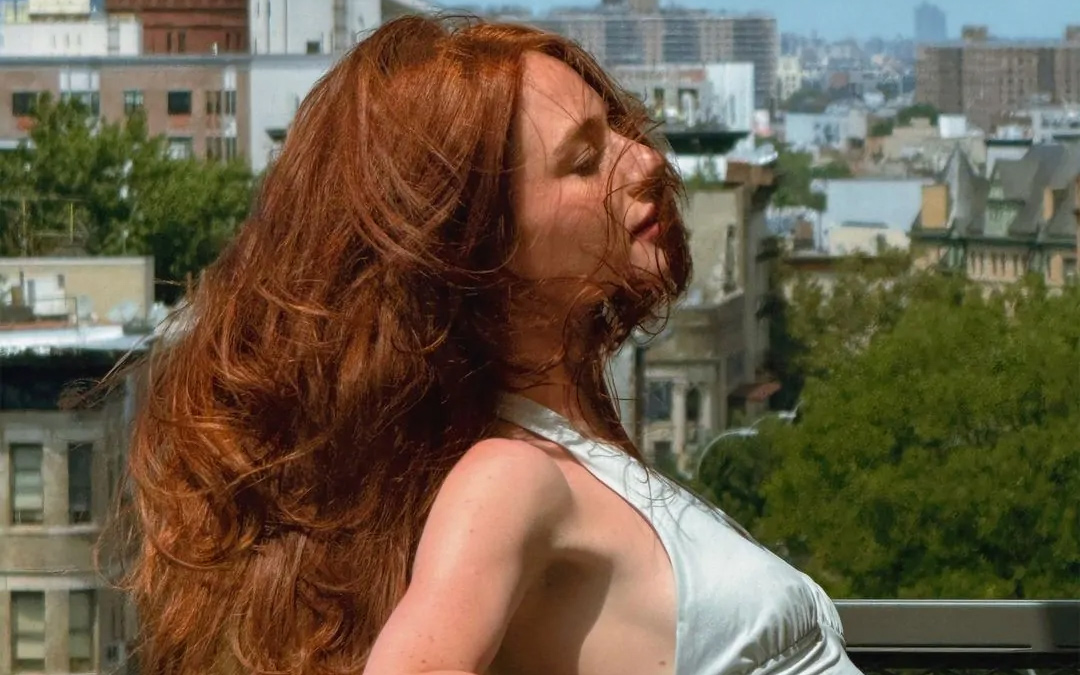
‘The Hairvoyant’, Tom Smith, Predicts Rich, Bold Colours For Autumn
‘The Hairvoyant’, Tom Smith, Predicts Rich, Bold Colours For Autumn
Indulgent tones and bold statements rise to the top this season
by CAITLYN | EXPLORE
Autumn 2024 is all about embracing rich, indulgent tones that capture the season’s cosy yet vibrant vibe—think earthy, luxe shades that feel like wrapping yourself in a cashmere scarf. Leading hair expert Tom Smith is here to reveal the shades set to dominate, blending warm, autumnal hues with creative, trend-forward twists. “As the days grow cooler, we see a shift towards deeper, richer shades,” he says, noting how these colours bring an effortlessly chic, warm glow to any look.
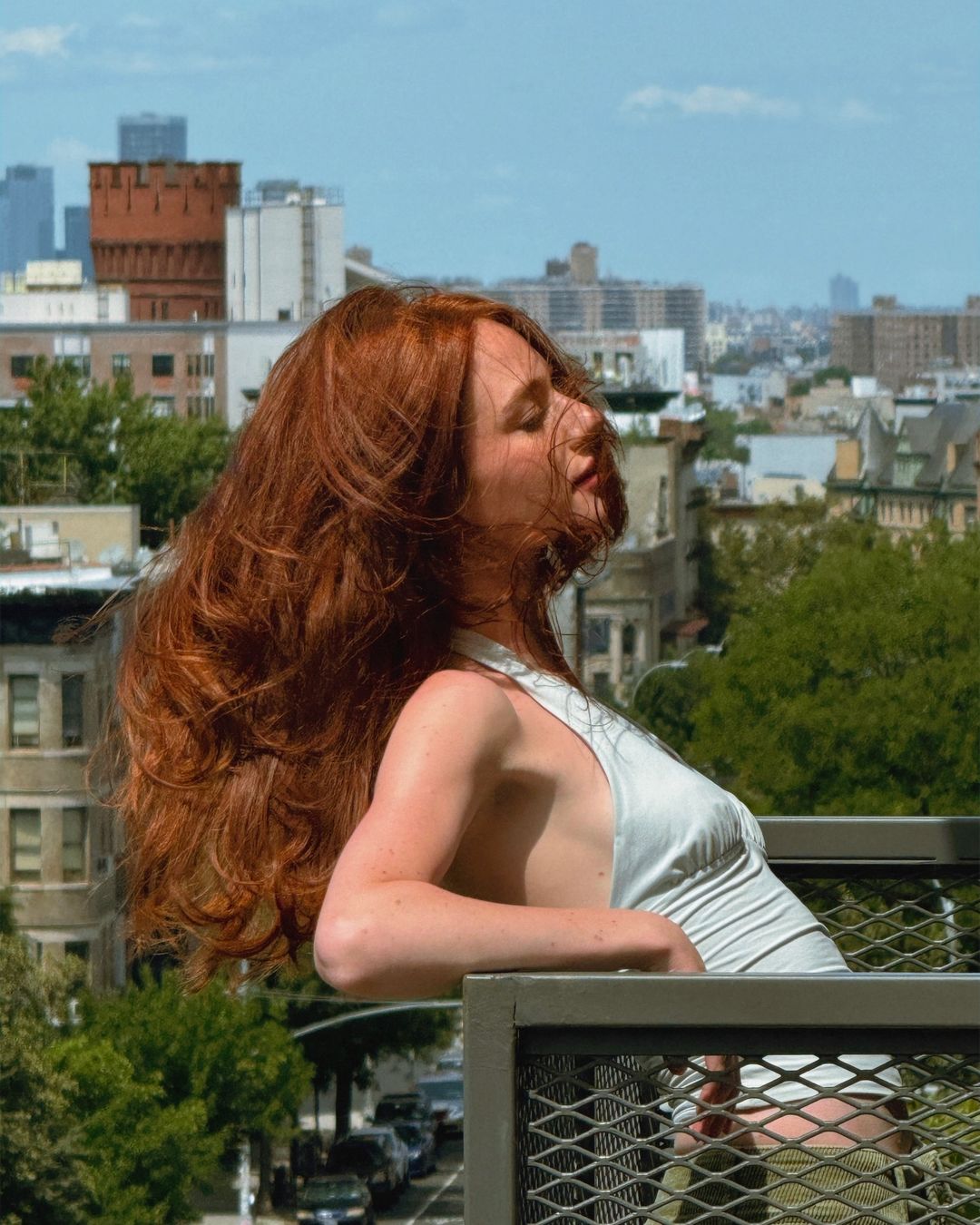
Kennedy Claire Walsh on Instagram
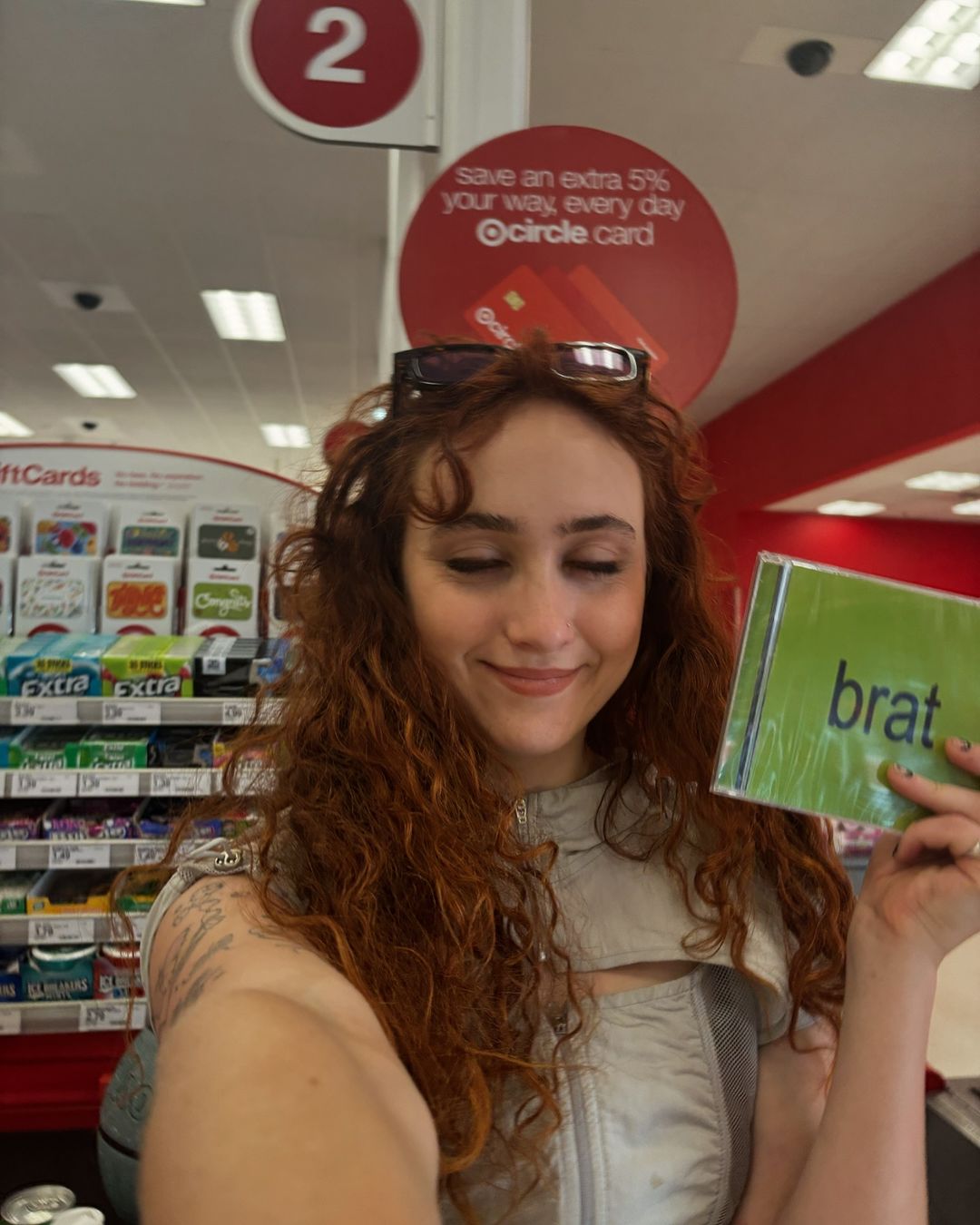
Chappell Roan on Instagram
A major standout this season? ‘Terracopper’, the earthy copper that feels like a luxe upgrade to your go-to autumn shade. Inspired by the warmth of autumn leaves, Tom calls it “an intense, grounded twist on the classic copper,” giving off a natural, cosy vibe perfect for the season. This rich hue is ideal for anyone looking to switch things up but keep it familiar.
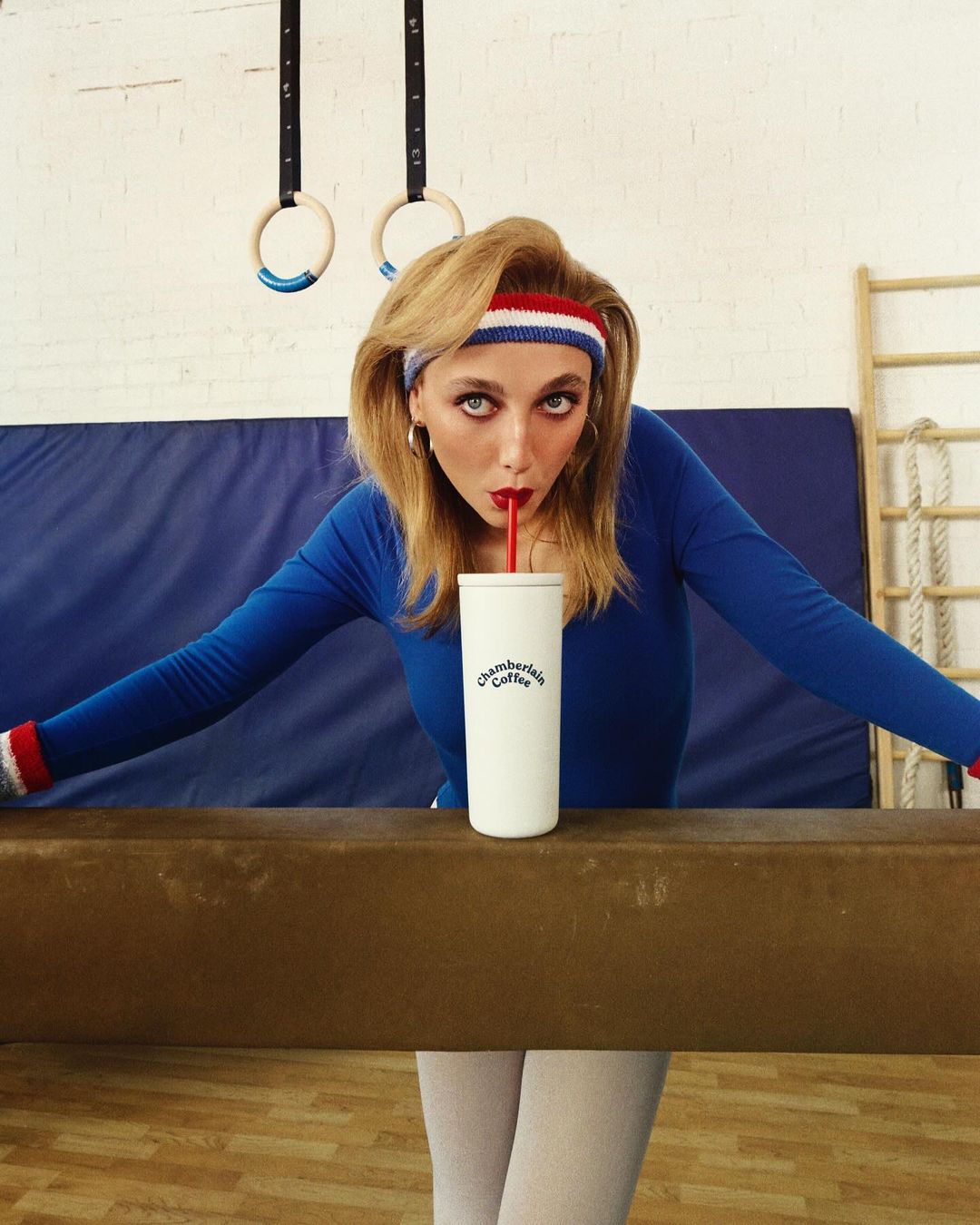
Emma Chamberlain on Instagram
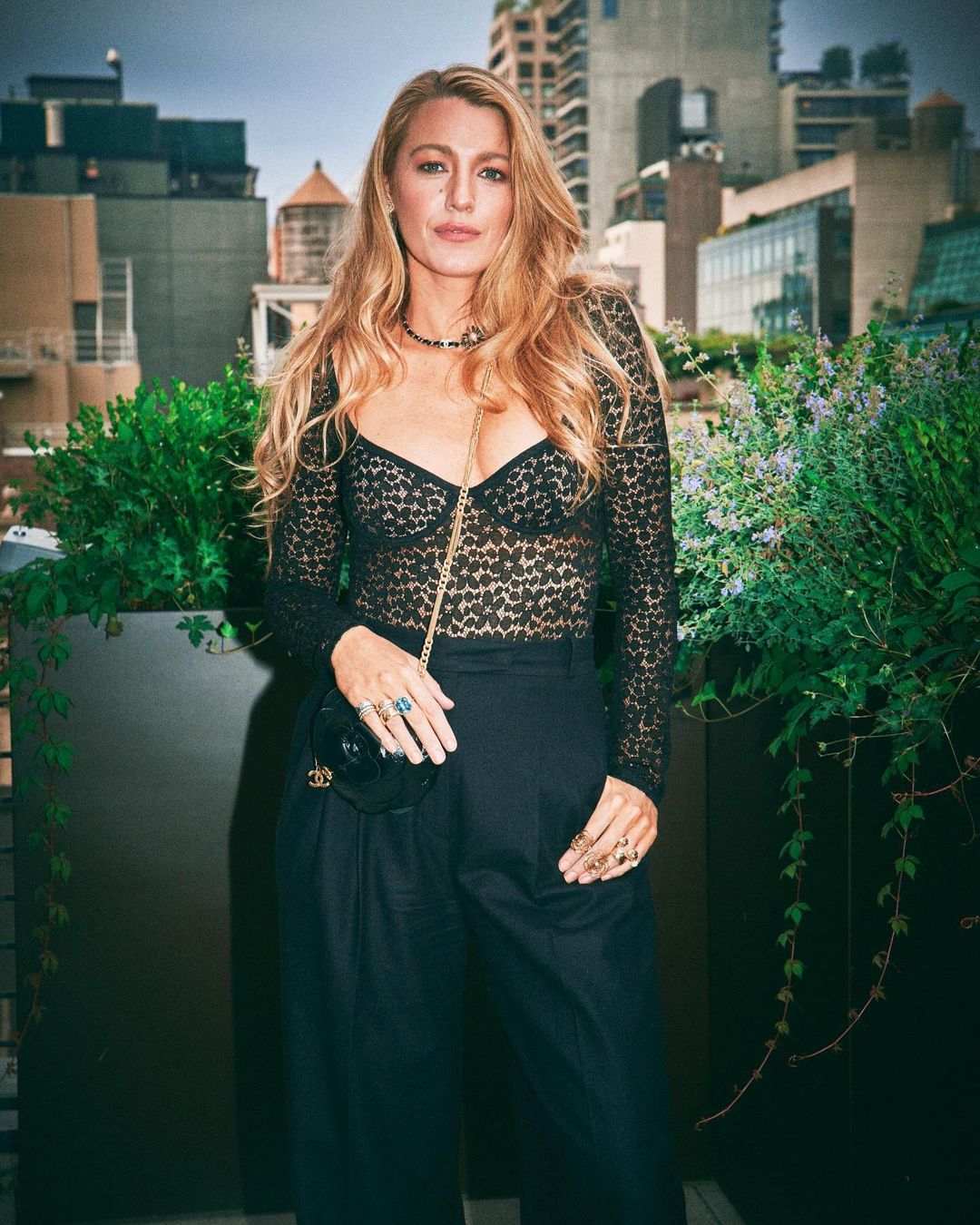
Blake Lively on Instagram
Not ready to let go of that summer glow? ‘Sunflower blonde’ is your answer. “It’s all about keeping that golden radiance alive as we move into autumn,” Tom explains. Bright, youthful, and glowing, this shade keeps summer vibes strong well into sweater weather.
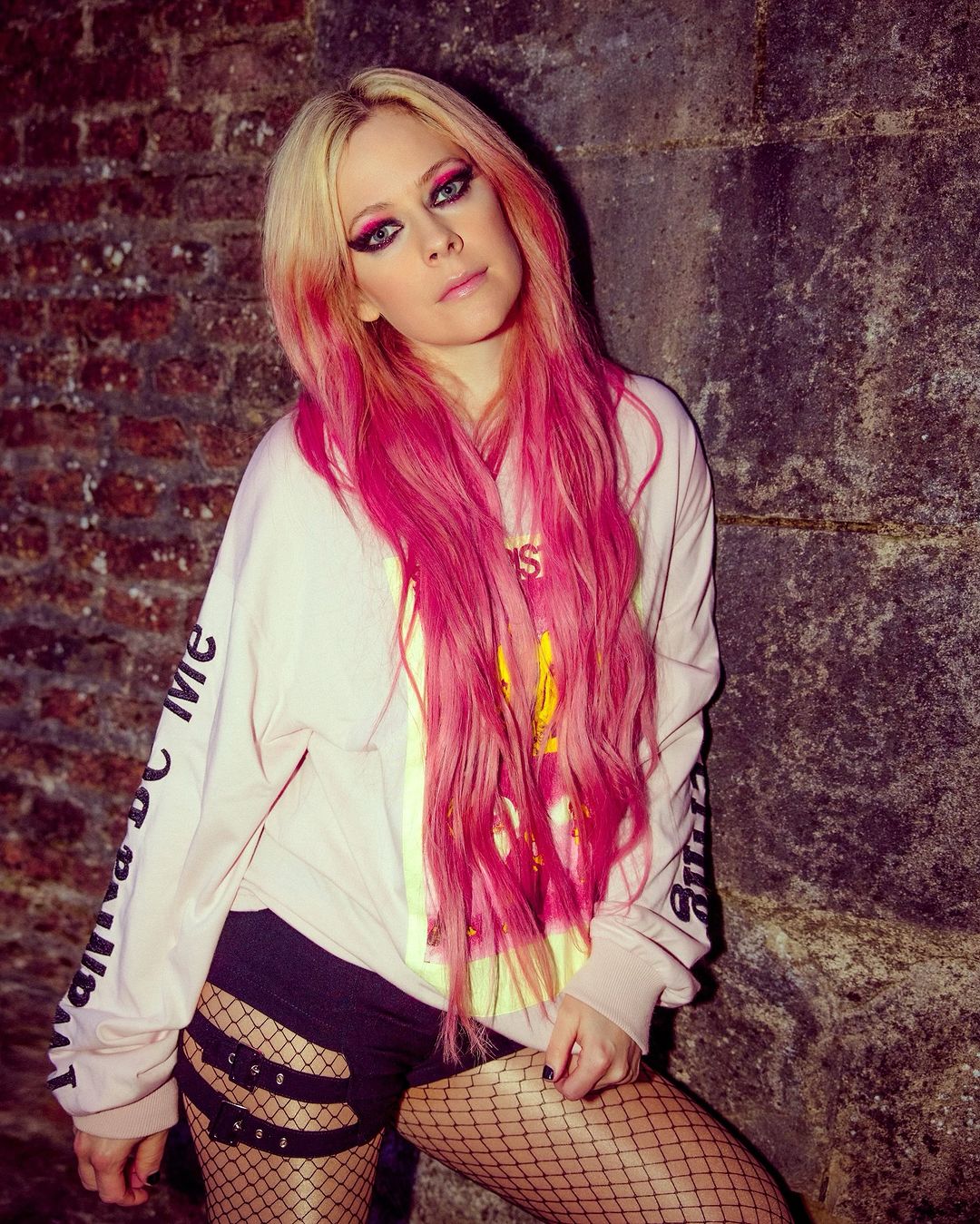
Avril Lavigne on Instagram
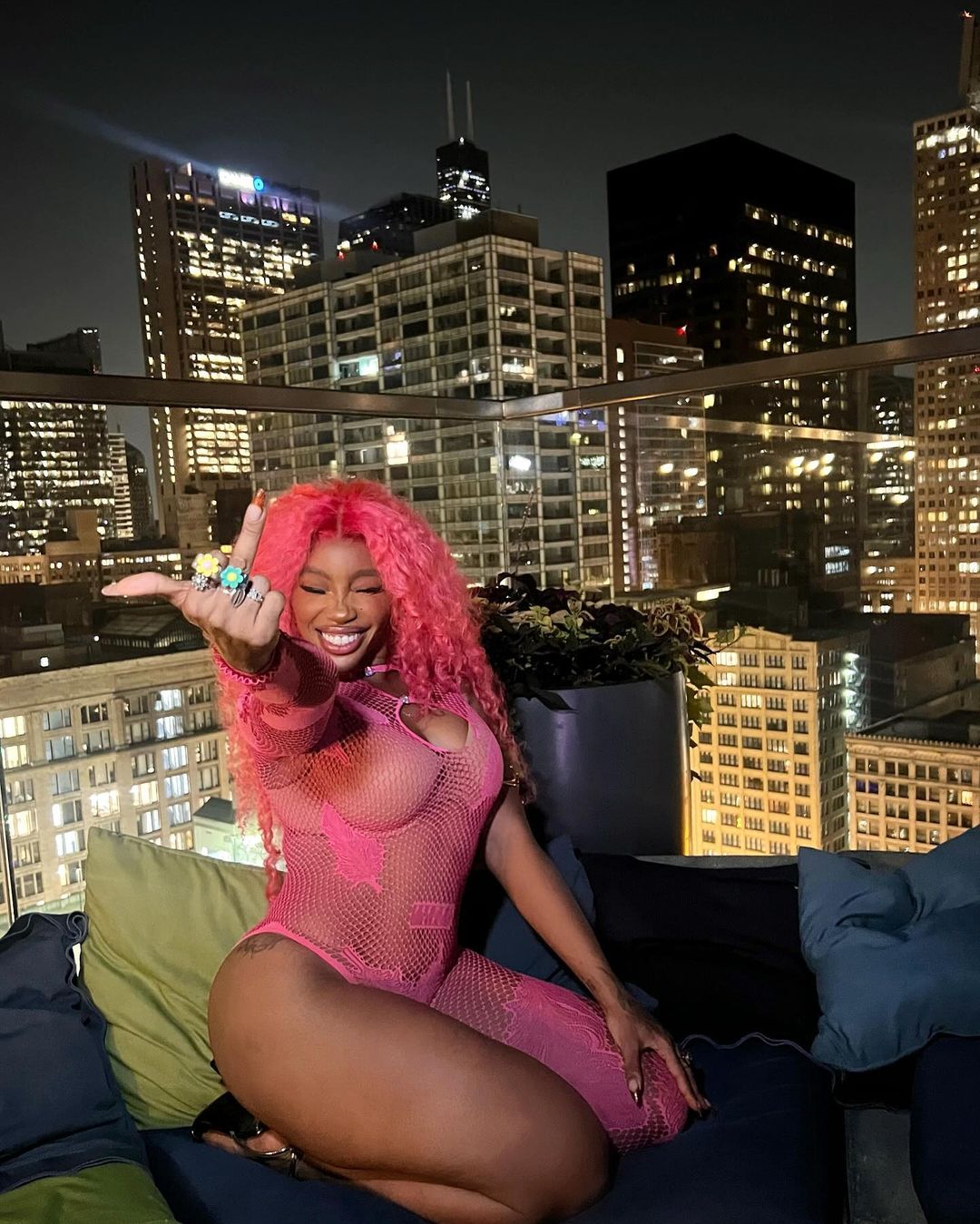
SZA on Instagram
Feeling a little bolder? ‘Flamingo pink’ is the season’s showstopper. Neon, punchy, and impossible to ignore, it’s the ultimate choice for anyone looking to turn heads. “It’s not for the faint of heart,” Tom notes, “but if you’re ready for a bold change, flamingo pink is your colour.” This shade brings the fun back into autumn hair, proving that vibrancy isn’t just for summer.
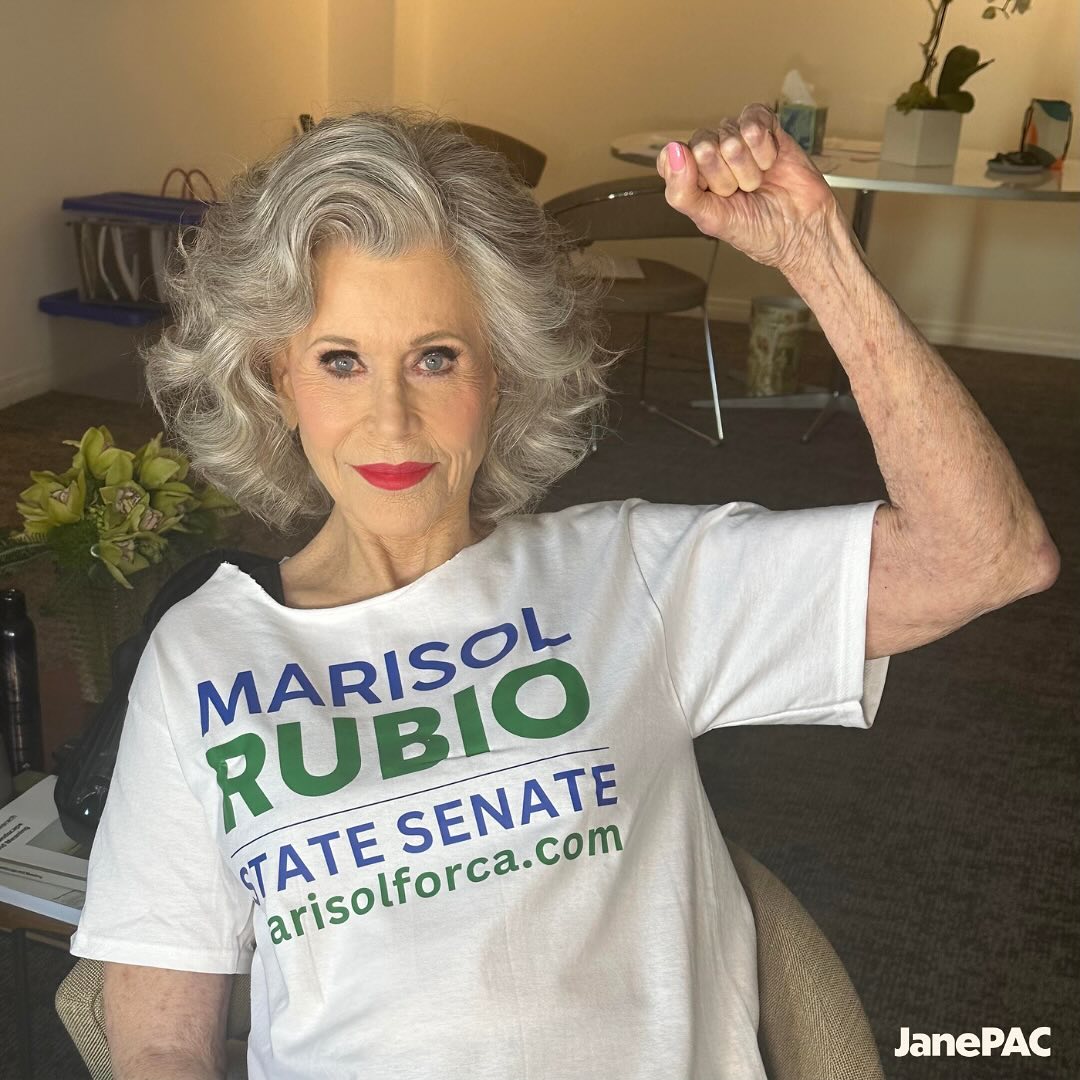
Jane Fonda on Instagram
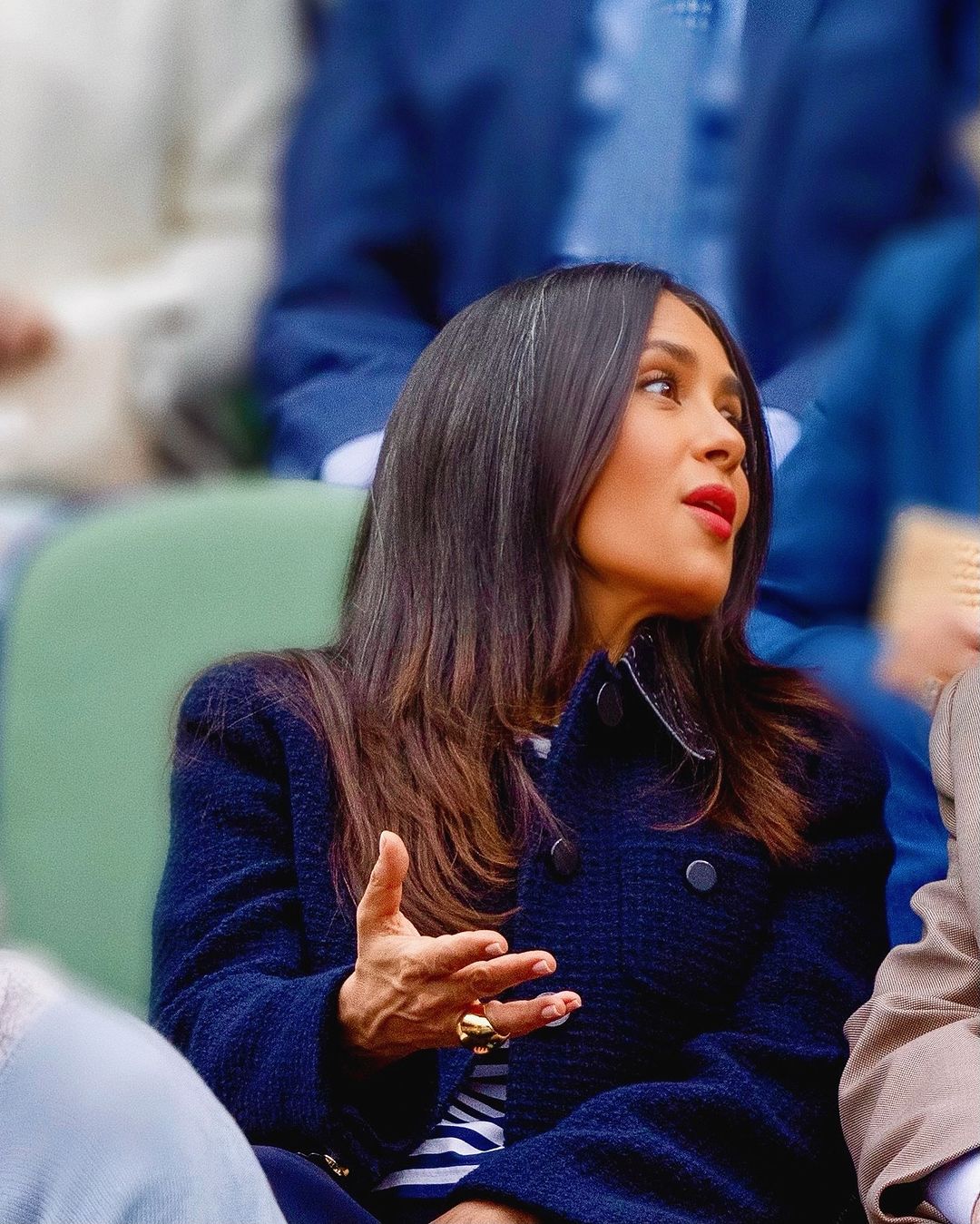
Salma Hayek on Instagram
Meanwhile, ‘natural greys’ are here to stay as more people embrace their evolving hair colour. “It’s about honouring the greys, not hiding them,” Tom says, encouraging clients to work with their natural shades for a low-maintenance, polished look that screams ‘effortless cool.’
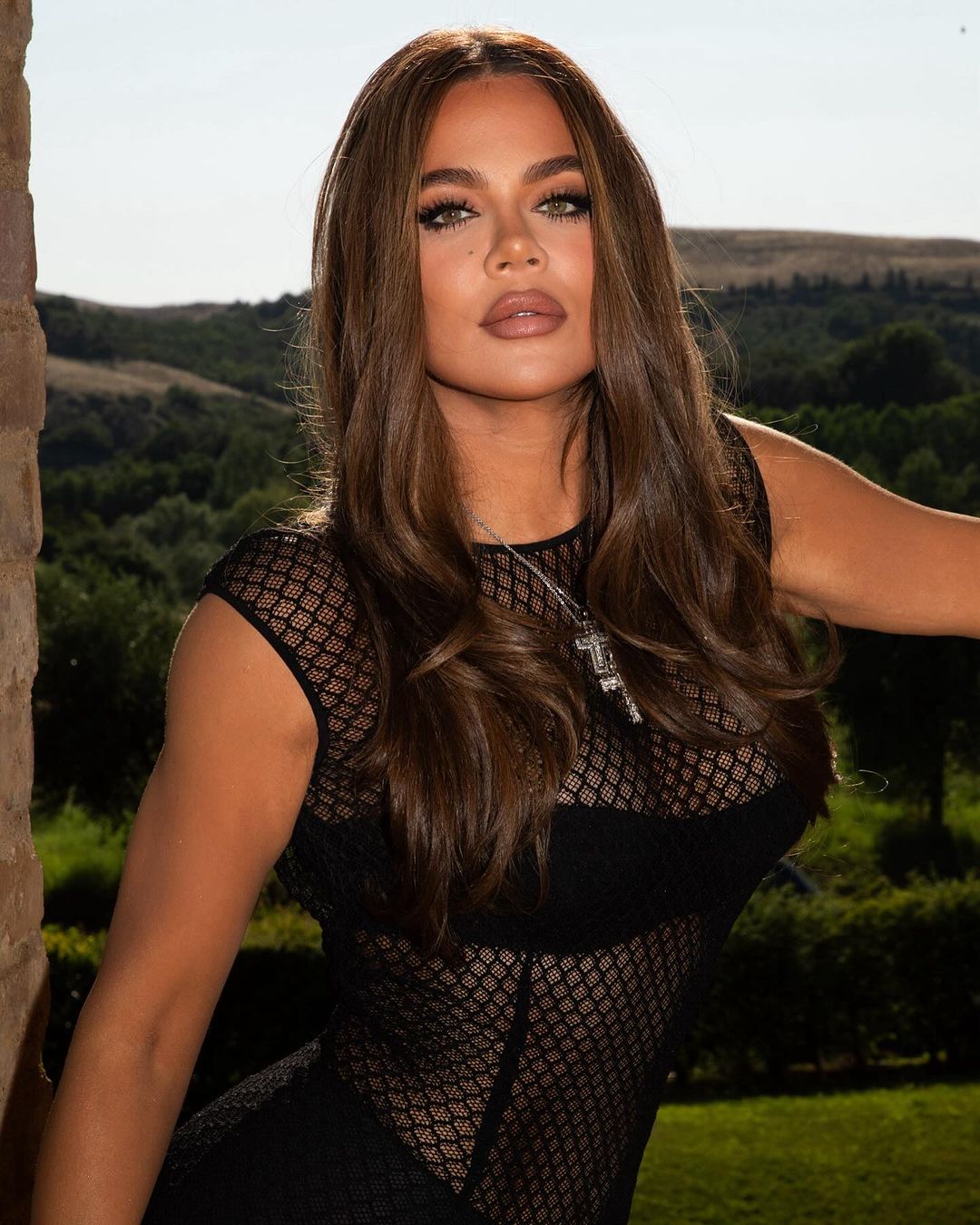
Khloe Kardashian on Instagram

Salma Hayek on Instagram
For brunettes, ‘cinder toffee brunette’ is this season’s indulgence. Think caramel meets chocolate, with just a hint of golden glow. “It’s rich but with a brightness that’s perfect for autumn,” says Tom. This shade is perfect for those transitioning from summer, keeping things light while still embracing the season’s deeper tones. It’s the hair equivalent of ordering a pumpkin spice latte but with an extra shot of sophistication.
With such a diverse palette, autumn 2024 offers something for everyone. Whether your client’s vibe is subtle and warm or bold and daring, this season’s colours have you covered. Tom’s top advice? “Stay tuned to your client’s comfort level—gradual shifts or bold pops, it’s all about making them feel fabulous.” And with clients becoming more adventurous, the possibilities are endless.
Ultimately, it’s all about balance. Whether they’re craving a soft, seasonal switch to ‘terracopper’ or ready to take the plunge with ‘flamingo pink,’ the key is creating a look that feels personal and perfectly autumn-ready. Because nothing says autumn chic like hair that’s in tune with the season’s trends.

